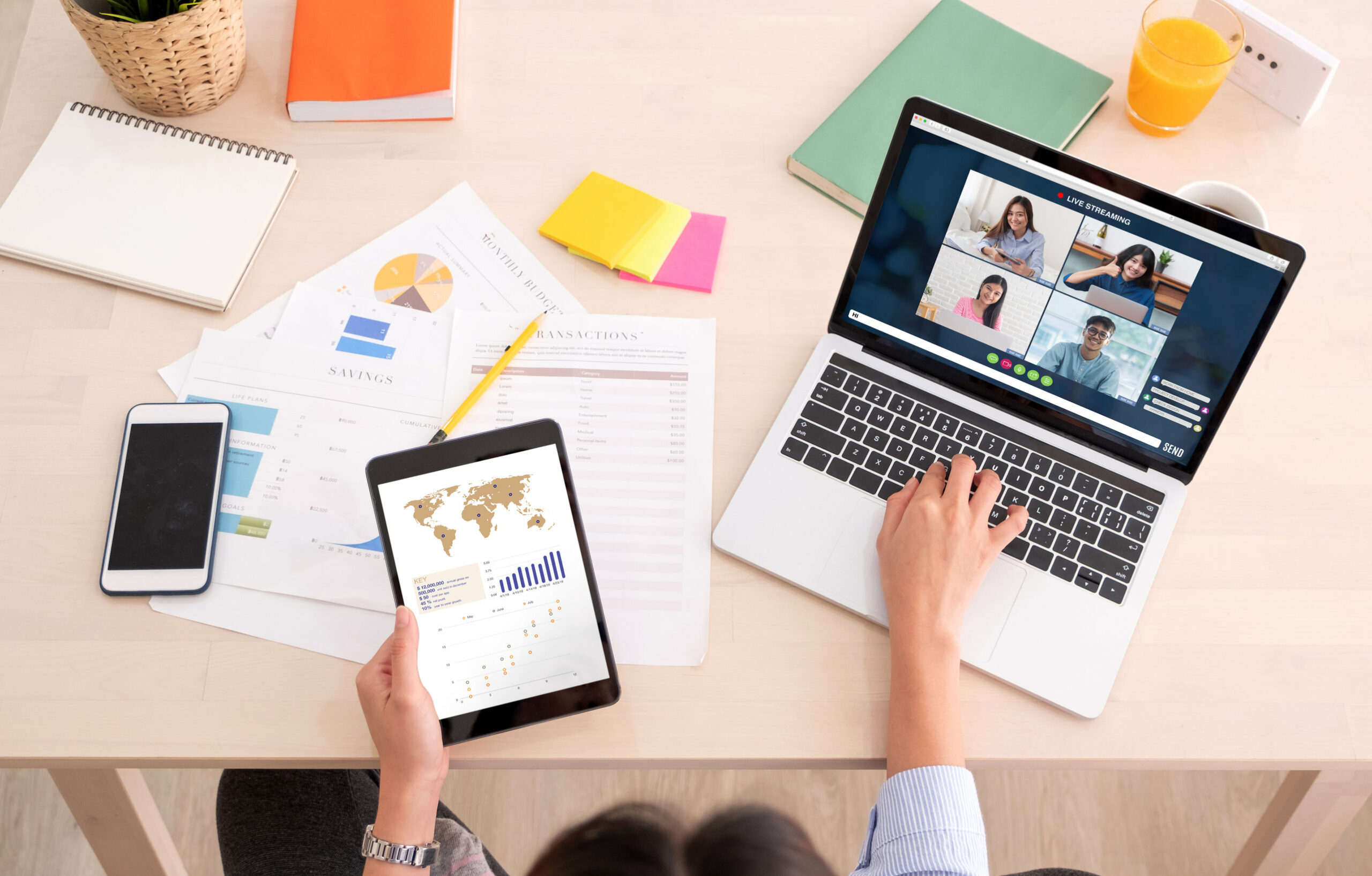New Possibilities: The Evolution of Work
- HRM Asia Newsroom

Thinking about new possibilities in the evolution of the workplace through the lens of 2022, I am surprised at how many new possibilities exist. I am surprised by the old things which are new again (hello office!), and I am surprised at how many whiteboard concepts for organisational designs are suddenly actual projects.
To better understand the whirlwind of change management for HR leaders, I stop and ask, “what are the really big stories that impact all of us?” Stories are a powerful way to unlock complex topics and by understanding them, we can benefit from future opportunities as each story unfolds.
I narrowed down my list to three big stories. To me – the largest story which will impact all of us for the rest of our working careers is, “what happens when people and machines mix in the digital workplace”?
A couple years ago, this storyline focused on robots taking our jobs. Today this story includes all types of digital technology being deployed at companies to measure, monitor, communicate, analyse, design, and deliver. More jobs are augmented with technology each year, and peoples’ skills at using these tools now directly impacts both business and career success.
What started as a story of technology in manufacturing has spread across all industries from finance to logistics to agriculture to professional services. The “how humans and machines mix” story is evident across Singapore when we read a café menu, self-pay for our groceries, get our telemedicine check-up, and zoom into our online courses.
The ADP Research Institute’s People at Work 2022: A Workforce View Asia Pacific findings highlight the central challenge in this story. 67% of employee respondents in India are concerned they did not have the skills necessary to keep up with technological changes in the workplace, which could impact career progression. Younger workers (18-24 years old) were the most concerned, but other age groups were similarly concerned until concern dropped to 38% for experienced workers (55+). Men and women were equally concerned, making this a universal storyline.
My second big story, enabled by digital tools from the first story, focuses on the “dislocation of work.” Driven by a change in how work is completed in a digital environment, physical on-site work increasingly can be operated at a distance. And distance creates opportunity for work to move to traditionally non-workplace locations. Examples are remote MRT transit operators, surveillance or delivery drone operators, and remote surgical doctors.
Increased dislocation between work and worker allows for hybrid work, which is having unplanned impacts for companies. In some Asia markets, employees are choosing to remain in their hometowns 100km away because the commute may only occur on two or three days each week in a hybrid model. This impacts HR departments, who commonly widen talent searches to find candidates who may be further from a physical office location.

“Increased dislocation between work and worker allows for hybrid work, which is having unplanned impacts for companies.” – John Antos, Vice President Strategy, Asia Pacific & Global Payroll, ADP
The ADP People at Work 2022 survey highlighted another dislocation of work effect – 53% (India) and 46% (China) respondents felt working from home made it easier to be a working parent. This contrasted with only one-third of Singapore and Australia respondents, who felt it was easier with an equal percentage feeling it made being a working parent more difficult. Dislocation of work will continue to be a story that surprises with both positive benefits and unintended consequences.
My third big story requires companies to adapt and change our mindset around education to foster “a culture of continuous learning.”
From learning new digital tools to upskilling our management techniques in new workplace models, it is clear for everyone to keep up, there is a lot to learn. Education models which focus on only learning when you are young will not keep pace with tomorrow’s workplace.
Adopting the idea that learning is meant to be continuous requires a company culture to encourage and facilitate learning. Benefits include reduced time and expense of restaffing and building a positive employer brand. Continuous learning will be omnichannel, according to Singapore respondents in the People at Work 2022 findings: younger workers (18-34 years old) prefer YouTube/internet self-learning with some returning to school. Mid-career and experienced workers intend to leverage Singapore government training programmes, and experienced workers will add in a dose of their company’s L&D resources.
These are the big stories I am looking forward to continuing to read as the new workplace evolves. What are the big stories you are reading? How do you think the stories will end?
About the author: John Antos is Vice President Strategy, Asia Pacific & Global Payroll, ADP. Join him at HR Tech Festival Asia 2022 on Tuesday, May 10, from 10.45am-11.05am (SGT), where his presentation titled, Work Is Having a Moment, will highlight the most important areas where employees are seeking flexibility, support, and adaptation to the ways they work.






